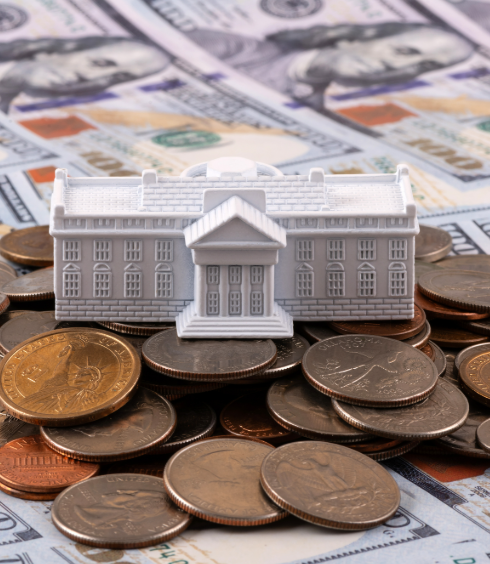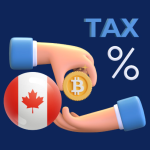Why Bonds Can Still Be a Smart Investment in Uncertain Times

The bond market has seen a lot of volatility since the Federal Reserve acknowledged that inflation wasn’t a short-term issue and began raising interest rates. The financial landscape has been unpredictable since the 2008 financial crisis, when the Fed’s interventions—through various programs and lowering borrowing costs—shaped the market environment. This uncertainty has led to intense scrutiny of the Fed’s every policy decision, with economic data now only relevant for its potential impact on future Fed actions.
The pandemic further complicated matters, driving inflation that has proven difficult for the Fed to bring down to its 2% target. Now, the central bank is attempting to steer the economy to a “soft landing” while stepping back from its usual role in guiding market expectations. Wall Street advocates for lower rates and continued market support, while the futures market has been pricing in the adjustments traders want, not necessarily those that align with the Fed’s goals. While low rates favor Wall Street, inflation impacts everyday consumers far more.
As of now, the Fed, under Jerome Powell’s leadership, has raised the overnight target rate from 0% in March 2022 to its current level of 5.25%. With rates held steady for almost a year, recent economic indicators show progress, but the Fed remains cautious. There is still a possibility of rate hikes if inflation surges again, but it seems we’re nearing the peak of this cycle.
The Impact of Rising Rates on Bond Values
As interest rates have risen, bondholders have experienced significant losses. After more than a decade of receiving minimal returns on their bonds, many investors are now seeing red on their statements. This has led to confusion about what to do with their bond portfolios moving forward.
The first and most important consideration is whether your current bond allocation aligns with your financial goals and risk tolerance. During the low-rate environment, many investors “reached for yield” by purchasing bonds with longer maturities or lower credit ratings, only to find that their portfolio was riskier than they intended. If that’s the case, it might be time to reassess your strategy, possibly selling higher-risk bonds at a loss and reinvesting in a more conservative bond portfolio.
For wealthier investors holding individual bonds, particularly those with investment-grade ratings (BBB or higher), the only real loss has been the opportunity cost of locking in low rates for an extended period. Often, we are asked whether it makes sense to realize losses on existing bonds and reinvest at higher yields. If your goal is to maintain a similar portfolio, this strategy doesn’t make economic sense. The realized losses would likely offset the yield increase on new bonds, not to mention the transaction costs involved in buying and selling bonds.
The Perils of Trying to Time the Market
The natural follow-up question is whether investors should sell their bonds and try to capitalize on higher rates by purchasing new ones. The answer? Stick to your asset allocation and “dollar-cost average” into bonds with higher yields. The recent jump in yields, particularly on long-term bonds, presents an opportunity to lock in attractive returns. For example, in early 2022, the yield on a 10-year Treasury bond was just 1.63%. By 2024, that yield has fluctuated between 3.88% and 4.70%, driven by market expectations around the Fed’s next moves.
Trying to time the market to capture the peak of the yield cycle is a losing game, especially when dealing with individual bonds. The key is maintaining your proper asset allocation and taking advantage of opportunities as they arise.
Another common question from investors is whether they should focus solely on short-term bonds, especially given the current inverted yield curve. If money market funds offer a higher yield than long-term bonds, why buy anything else? The answer lies in understanding that once the Fed starts easing rates, money market fund yields and short-term bond yields tend to fall the fastest, as the yield curve flattens and returns to a more typical shape. You don’t want to find yourself in a situation where your principal is tied up in low-yielding short-term investments just when rates are about to drop, leaving you unable to lock in favorable yields.
Final Thoughts on Bonds
Despite the volatility in the bond market, bonds continue to offer an important role in a well-balanced portfolio. While the rising interest rates have certainly caused some short-term pain for bondholders, maintaining a long-term perspective and sticking with a diversified bond strategy can help mitigate risks and take advantage of higher yields. By focusing on your overall asset allocation and avoiding the temptation to time the market, you can position your portfolio to weather the current economic uncertainties and achieve your financial goals.


 English
English 












































































































































































































































































































































































